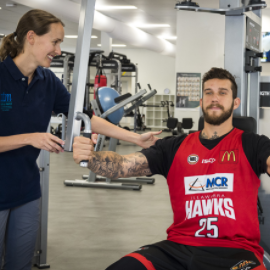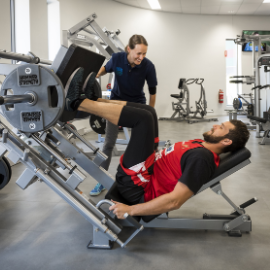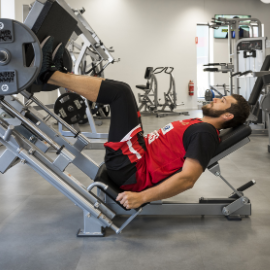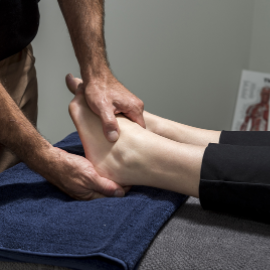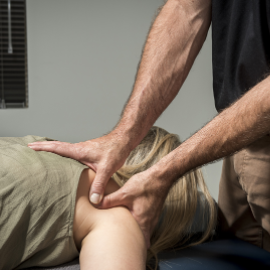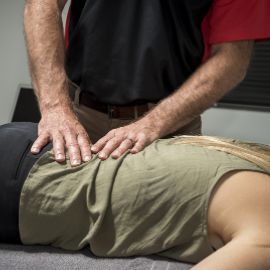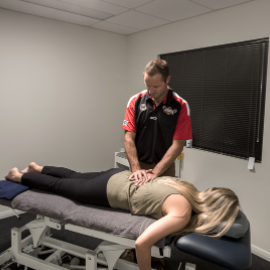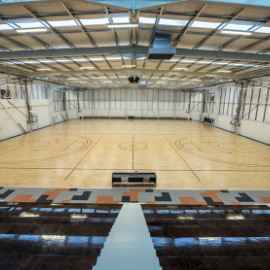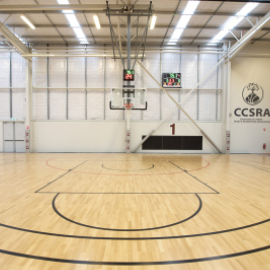Wellness
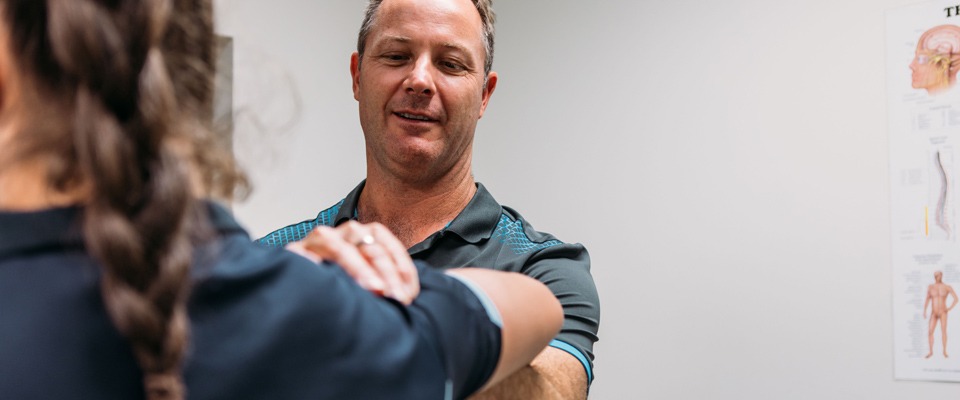
Wellness is a word thrown around by doctors… magazines… social media influencers… and the like as something we should be achieving – but what does it actually mean? According to The Global Wellness Institute, wellness is the active pursuit of activities, choices and lifestyles that lead to a state of holistic health. Let’s talk about 3 main ways we can actively peruse a state of holistic health in our busy lives.

Sleep
The first and arguably, easiest way, is improving our sleep. Good quality sleep is essential to our health and wellbeing. Not getting enough sleep has been linked to mental health challenges, obesity, cancer, diabetes, and heart disease. Getting adequate, good quality sleep can support physical recovery, improve memory, assist with learning and lead to a more positive mood. It is especially important when experiencing a painful musculoskeletal condition; with some studies finding restricted sleep is linked with greater pain.
So how much sleep should we be getting a night? The National Sleep Foundation recommends adults should have 7 to 9 hours sleep, although it is beneficial to have up to 10 hours. There are many factors which can interfere with our sleep quality and quantity. Many of these factors may be out of our control, such as work and family responsibilities. However, there are some habits we can adopt to improve our sleep.
1. Stick to a sleeping schedule
Going to bed and getting up at the same time every day (including weekends!) will reinforce your body’s sleep-wake cycle.
2. Pay attention to your diet around bed time
Going to bed hungry or very full can lead to discomfort while trying to get to sleep. It is important to limit nicotine, caffeine and alcohol around bed time.
3. Limit screen time around bed time
Blue light from phones can impact our ability to fall asleep. Try reading a book 30mins before bed rather than scrolling on the insta
4. Exercise
Exercising during the day can promote better sleep
5. Manage stress and anxiety
Managing stress and anxiety before bed time can help improve your sleep
Diet
Looking at what we eat and adapting a heathier diet is another way we can actively pursue a healthy lifestyle. A healthy diet is protective against malnutrition, diabetes, heart disease, stroke, and cancer. But what is a healthy diet? We are constantly inundated with new shiny diets which claim to be the best & healthiest such as keto, paleo, liquid only diets, high protein, low protein, high fat, low fat… and many, many more. How do we know which one is the ‘right’ one?
To put it simply, the best diet is the one you can maintain. According to the World Health Organisation, a healthy diet includes the following:
- 5 portions of fruit and vegetables per day
- Less than 10% of total intake of free sugar (sugar added into food by manufacturer, cook or consumer & natural sugar found in fruit) which is equivalent to 50g / 12 level teaspoons
- Less than 30% of total intake of fats. With unsaturated fats (found in fish, avocado, nuts…) preferred to saturated fats (fatty meat, better, cream, cheese) and trans-fats (fried food, pre-packaged food like frozen pizzas, pies, cookies)
- Less than 5g of salt / 1 teaspoon per day
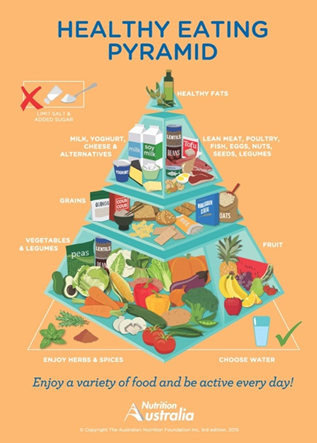
To sum the above up: eat lots of whole fruits and veggies, limit sugary foods, limit pre-packaged & fried foods & reduce salt intake – in whatever way works for you!
Exercise
Finally, incorporating regular exercise into our daily routines can improve our health. Being physically active can improve your brain health, help manage weight, reduce risk of disease, strengthen bones and muscles, improve your mental health, and improve your ability to perform everyday activities.
Well, how much exercise should we be doing? According to the World Health Organisation:
- Children and adolescents aged 5-17 should have an average of 60 minutes of moderate to vigorous activity per day.
- Adults aged 18+ should have 150-300 minutes of moderate intensity aerobic exercise or 75-150 minutes of vigorous exercise per week.
- Adults should also do strength training involving all major muscle groups twice per week.
A great way to keep yourself accountable is to exercise with someone else! Find a friend to go to the gym with, join an exercise class, join a casual sport team, join a running group. Find something you enjoy doing, forcing yourself to exercise in a way you don’t enjoy isn’t going to last very long. Consistency is key!
If you are having trouble getting back into an exercise because of pain or injury, please book an appointment with one of our qualified physiotherapists to get you back on track!
Written by Molly Coventry (Physiotherapist)
References
https://globalwellnessinstitute.org/what-is-wellness/
https://www.sciencedirect.com/science/article/pii/S2352721815000157?via%3Dihub
https://asbmr.onlinelibrary.wiley.com/doi/full/10.1002/jbm4.10658
https://www.mayoclinic.org/healthy-lifestyle/adult-health/in-depth/sleep/art-20048379
https://www.who.int/news-room/fact-sheets/detail/healthy-diet
https://www.who.int/news-room/fact-sheets/detail/physical-activity

Ask a physio
Not sure whether you are appropriate for Physiotherapy?
Fill out the form and one of our physiotherapists will be in touch with you within 24 business hours.
 +61 (8) 9246 4066
+61 (8) 9246 4066 Suite 1, 64 Arnisdale Road,
Suite 1, 64 Arnisdale Road, 
 reception@mtmphysio.com.au
reception@mtmphysio.com.au







